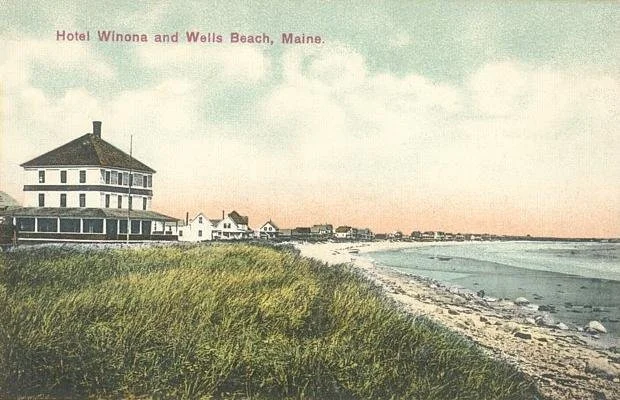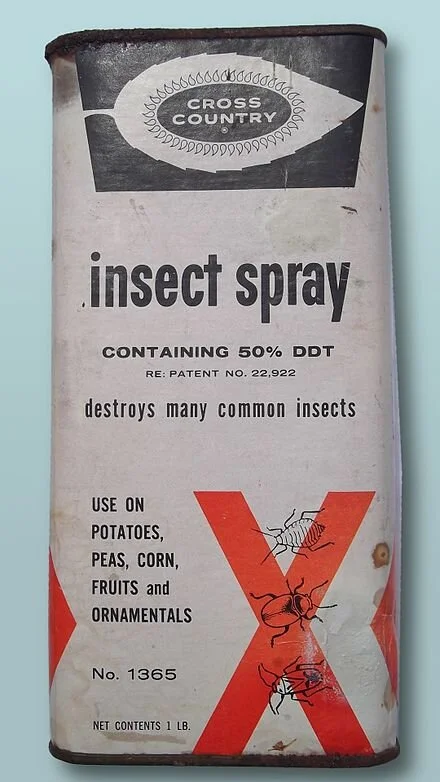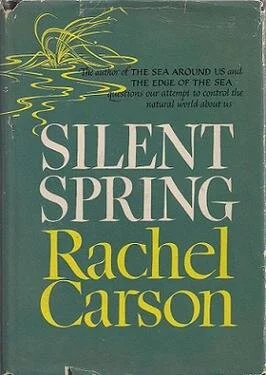
Inspiration from travel
“Waterlilies” (encaustic, color pigments), by Jeanne M. Griffin, who is based in Wells, Maine.
Part of her artist statement:
“Travel plays a large role in my life and, over the years, I have visited close to 100 countries. I am particularly drawn to countries of the Third World and love seeking out and visiting with local artists. I have always been fascinated with their weavings and paintings and the textures and patterns they create using various tools and materials….”
“My travels expose me to many ideas and thoughts which percolate in my head and eventually find their way into my work. {For example} I have incorporated printing with Indonesian tjaps (more commonly used in batik printing) combined with encaustic medium and color pigments to produce each one-of-a-kind painting. This is one way of keeping my wonderful memories of these beautiful countries and interesting people alive.’’
Wells has long been a popular summer resort, as you can see in this 1908 postcard. Founded in 1643, it is the third-oldest town in Maine.
Tidal salt marsh at the Rachel Carson (1907-1964) National Wildlife Refuge, in Wells, named after the prolific writer, marine biologist and conservationist best know for the books Silent Spring and The Sea Around Us. She spent summers on the Maine Coast.
A book stopped DDT spraying
Cover of the first edition of Silent Spring
From Robert Whitcomb’s “Digital Diary,’’ in GoLocal24.com
I read Rachel Carson’s book Silent Spring on our back porch in the summer of 1962 as it was first published, in The New Yorker magazine. I already liked her stuff, especially The Sea Around Us and The Edge of the Sea (but then, my family lived on Massachusetts Bay).
Silent Spring told of the devastating effects of pesticide use, and especially of DDT, on ecology. The book’s title comes from the fact that the stuff was killing songbirds and other creatures in vast numbers. Despite pushback from chemical companies, the U.S. banned DDT in 1972, for which we can thank Rachel Carson.
We were so blithe about pesticide use back then. I remember small planes swooping down to spray fields, golf courses, woods, marshes and even suburban subdivisions. (For that matter, people were still pretty relaxed about cigarettes, despite the mounting evidence of their lethal effects.)
We’re still too blithe about herbicide use – e.g., Roundup – which causes short-and-long-term damage to the environment. There’s been no book out yet about their use and misuse with the impact of Silent Spring. Anyway, thanks to Ms. Carson, at least we aren’t being drizzled with poisons from planes flying a couple of hundred feet over the ground on nice summer days. I remember adults warning “Don’t look up!’’
Too bad that so many people hate weeds. Some are beautiful and most of what we eat is in effect cultivated weeds.
An airplane spraying DDT over Baker County, Ore., as part of a spruce budworm control project in 1955
On the edge of space
"One summer night, out on a flat headland, all but surrounded by the waters of the bay, the horizons were remote and distant rims on the edge of space."
-- Rachel Carson






